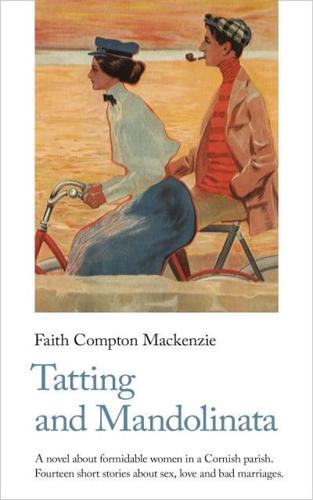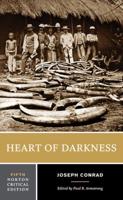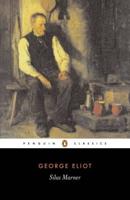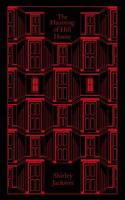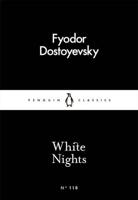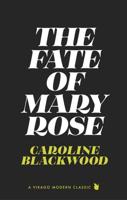Publisher's Synopsis
Tatting was Faith Compton Mackenzie's last novel, and revisits the early years of her marriage living in the parish of an eccentric High Church Anglican vicar in Cornwall, beset by formidable women. Mandolinata was Faith's first book, a collection of fourteen short stories set in Capri, Rome and London, all written in the 1920s, about sex, love and bad marriages. This volume bookends the lost works of this neglected British writer.
Tatting is a handicraft that uses thread to weave intricate patterns in knotwork. This idiosyncratic novel from 1957 by Faith Compton Mackenzie traces patterns across the Cornish landscape in the style of David Garnett and Sylvia Townsend Warner.
A mandolinata is played on mandolins: complex, melancholy and lyrical. This collection of fourteen short stories was Faith Compton Mackenzie's first book from 1931, about sex, love and bad marriages.
Tatting is set in 1909. Ariadne is a starving Irish artist in St John's Wood, existing on her memories of having once worked with Beardsley and Wilde. Laura has recently married Guy Mallory, a poet whom she had met only weeks before. They travel to Cornwall on the invitation of an old friend, Father St John (based on the eccentric priest the Reverend Sandys Wason) to stay at his vicarage, relieved to not have to pay their London rent for the summer or to have to finally learn to cook. But Cornwall is ... odd. There is a large Alsatian called Rex who wants only to roam the fields at night, and a large farmer called Mr Williams who hides in ditches to spy on ladies. Miss Josephine Want, a domineering parishioner, is fuming at the unwanted visitors, and then Guy and Laura invite Ariadne to Cornwall to paint a fresco in the church. The visit of the triumphantly parasitical artist causes havoc all round.
